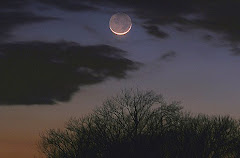 |
| Dave Stringer Performs at The Yoga Barn, Bali |
In certain shamanic chants or mantras bits and pieces of words come through in a vocal soup that makes little sense to most. Still, some believe there is a healing force that can be traced to the quality, shape and combination of the sounds themselves.
After learning about Kototama, an ancient study of sound, I was made aware that certain vocal sounds can stimulate while others sedate and that different combinations of vowels and consonants have symbolic and universal significance--it can start with how you utter your name--the name being each person's principal mantra for life.
 |
| ICARO TO MOTHER NATURE AMAZONIAN CHANT Dairandaidrandidai Hasto cielo mantchini cinchi cinchi medicoy Mediconche coy na mi hapa morish vwa miquay Dairandaidrandidai Dairandaidrandidai |
To access the healing power of sound, there is an implied delinking of the mind involved, which is simply another altered state or pathway to the second attention.
The most interesting aspect of Stringer was his personal history and how he came to discover the therapeutic power of song. As a youngster, Dave would sing gibberish to himself—uttering a string of vocal sounds that often made no coherent sense– “it appeared and I just followed it,” he recalled.
Dave described this practice as a spiritual communication process from within, “it was the kind of nonsense that was meaningful to me,” He acknowledged there were possible shamanic elements to these non-linear vocalizations. And he came to consider them as ways to take negative emotions and to release and replace them with positive ones.
Dave discovered Kirtan later on while traveling in India... as a study and practice that gave structure and definition to the inner processes that he had privately engaged in all along. In a sense, Kirtan validated the gibberish.
“It gave my life a rich meaning—I could transform what was dark and difficult into something brighter and allow it to spread. So I went around the world singing.”
The full piece can be found here








No comments:
Post a Comment